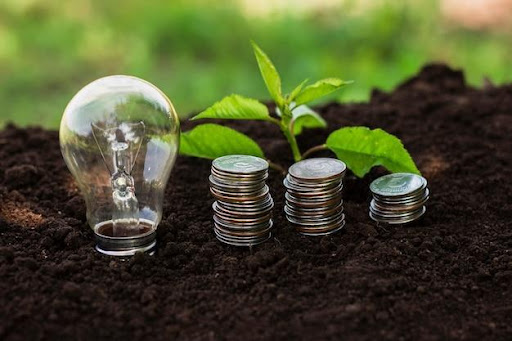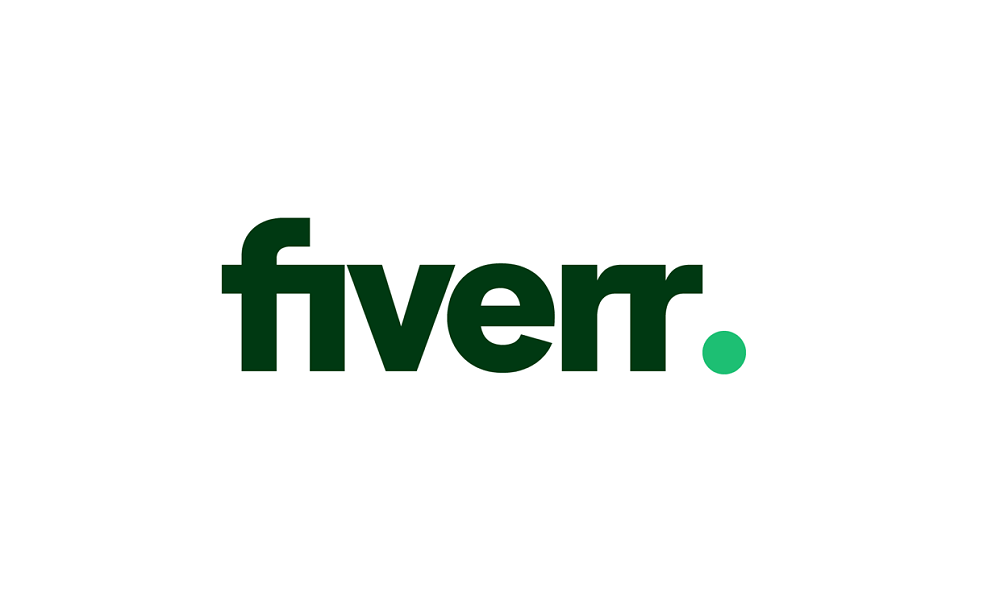Micro Economy: Definition, Types and Basic Concepts

The economic sector includes all activities related to the production, consumption, and trading of goods and services. For this reason, humans have various needs that are endless or unlimited. In allocating existing resources, humans are faced with so many choices. To make these choices, a decision is needed. In this opportunity, let’s explore economics from the micro economy perspective— its definition, types and basic concepts.
Definition of Micro Economy
Micro economy studies various economic activities, especially in the field of demand and supply both for individuals and groups (companies and other institutions). So, it’s all about studying the behavior of producers and consumers and the determination of market prices, services, and products.
The main goal of the micro economy is to make it easier for a company to understand their consumer needs. Second, to conduct analysis of the product prices to be traded. And third, to analyze if there is a market failure.
Types of Micro Economy
To understand micro economy, you must also know its types, which are divided in three:
1. Micro Static
This type of analysis analyzes the relationship of individual marketing and the factors that determine the equilibrium price and quantity in the market. For example, factors that can affect the supply and demand for goods or services, especially preferences, changes in prices, or income.
2. Comparative Micro Static
This analysis explains how the equilibrium position in the economic framework will change, if the framework assumptions are changed. The assumptions commonly used are:
– Companies are free to compete,
– Companies expect maximum profits,
– Companies face the same product.
3. Micro Dynamic
This analysis looks at how the economy will react to changes in assumptions and how quickly a new equilibrium will be reached. This usually occurs as a result of free competition and optimum social welfare without considering the element of time.
Basic Concepts of Micro Economy
There are 3 basic concepts that are commonly used in micro economy, including:
1. Price Theory
Price is the basis for analyzing the interaction between market demand and supply for goods or services. The analysis is carried out for:
– Price formation process.
– Factors that influence changes in demand and supply.
– Price relationship between demand and supply.
2. Production Theory
A theory used in analyzing production costs and production levels. This analysis is done for:
– The level of production that is most profitable for the producer.
– The combination of factors of production that must be chosen by the producer to get the maximum profit in relation to the costs of production and services.
3. Utility Theory
The concept to measure consumer preferences for a set of goods or services offered. If the products or services can be used to meet consumers needs and satisfaction, then the value of this utility is higher.
Final Thoughts
Basically, microeconomics can be understood from several characteristics, including focusing on individual and company activities, having a small and detailed scope of focus, and also discussing the problem of optimizing supply and demand. Therefore, make the information above as material for consideration to understand its terms, types, and concepts.
Learn more about economics, business, and how to make money online only at Vincoguide.


